| Structure | Name/CAS No. | Articles |
|---|---|---|
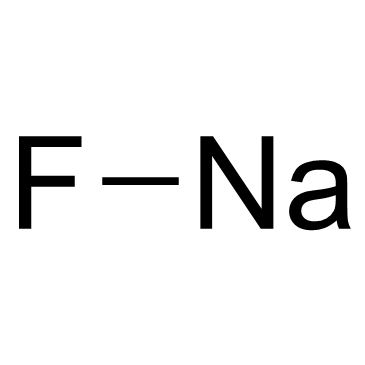 |
Sodium Fluoride
CAS:7681-49-4 |
|
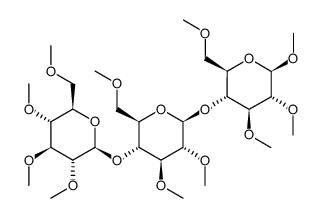 |
methyl cellulose
CAS:9004-67-5 |
|
 |
sodium chloride
CAS:7647-14-5 |
|
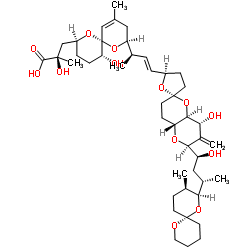 |
Okadaic acid
CAS:78111-17-8 |
|
 |
SODIUM CHLORIDE-35 CL
CAS:20510-55-8 |
|
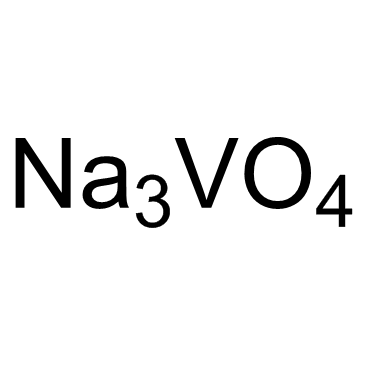 |
Sodium orthovanadate
CAS:13721-39-6 |
|
 |
Glycerol
CAS:56-81-5 |
|
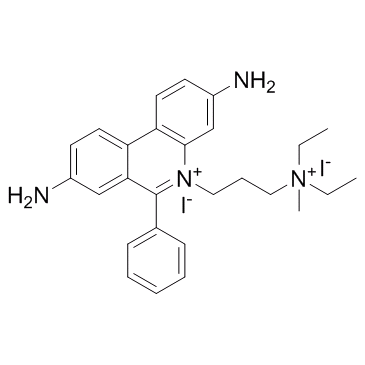 |
Propidium Iodide
CAS:25535-16-4 |
|
 |
Ethylenediaminetetraacetic acid
CAS:60-00-4 |